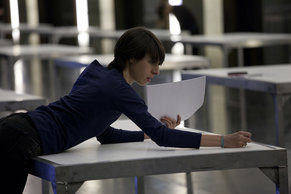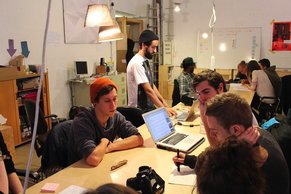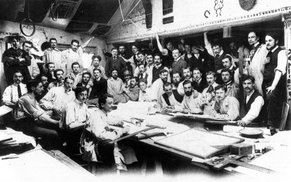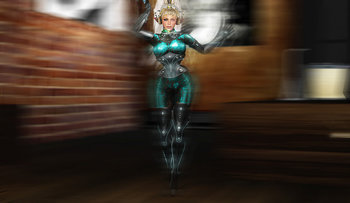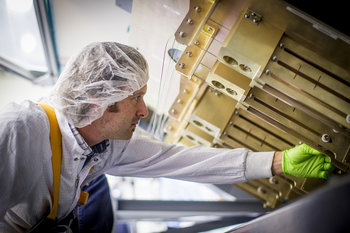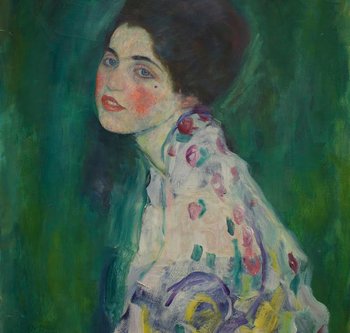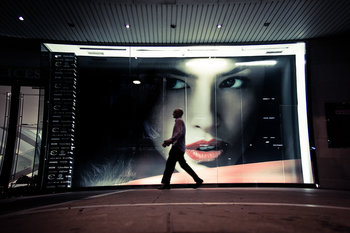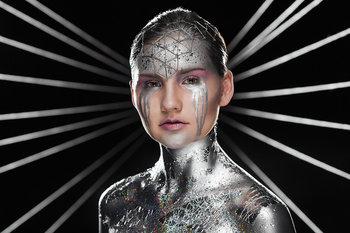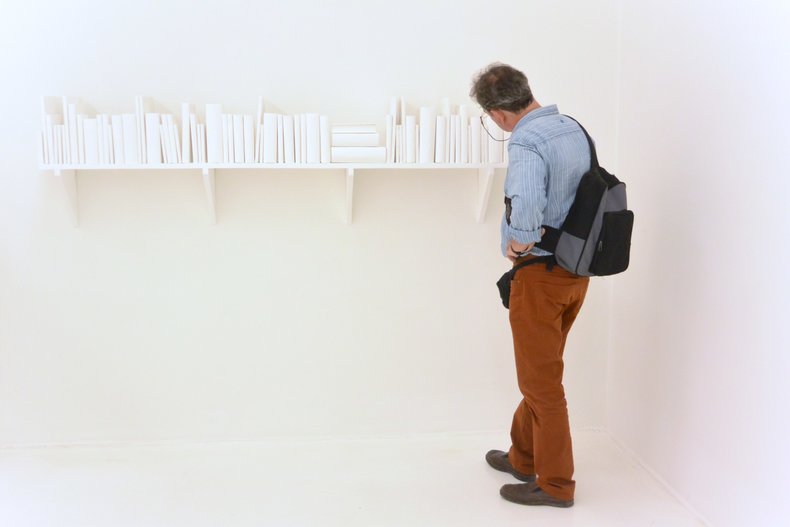
Industrialization, Science & Technology
Modernism, as the term suggests, is an embrace of progress in areas such as industrialization, science and technology. For example, the idea that scientists and other experts should run society as an intellectual elite. This was effectively tried in the former Soviet Union where a high percentage of the Politburo of the Communist Party were engineers.
Cultureless & Natureless
With its pursuit of the scientific, the technological and the industrial modernism makes no exceptions for culture. For example, the color of a room may be selected to maximize the reflection of light, with white paint and materials, as opposed to reflecting colors that are meaningful to people in a particularly place such as earthy colors that reflect the natural surroundings of a location. This doesn't mean that modern designs themselves aren't elements of culture, just that they weren't inspired by culture.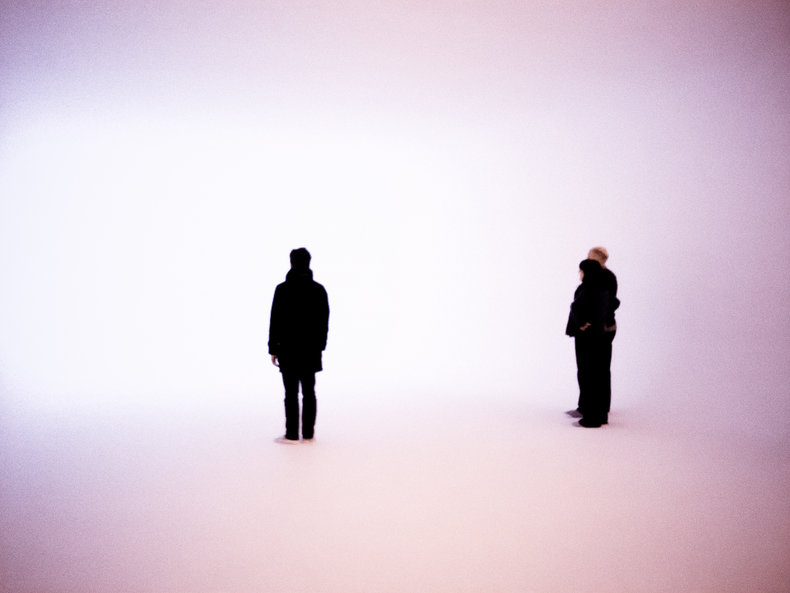
Form Follows Function
A design principle that can be literally interpreted that shape and form be useful considering the functions of a design. This can be more broadly interpreted that all designs be fit for purpose and practical. Form follows function is viewed as a rigid law of modernist design and architecture that has broad implications. For example, modernist rooms are usually rectangular because this is a practical shape such that it is hard to justify any other shape. Form follows function clearly states that the role of the designer is to achieve functionality and not to create something of artistic value.
Design Internationalism
The belief that design should be the same from city to city, country to country such that nothing is customized for the local culture or environment.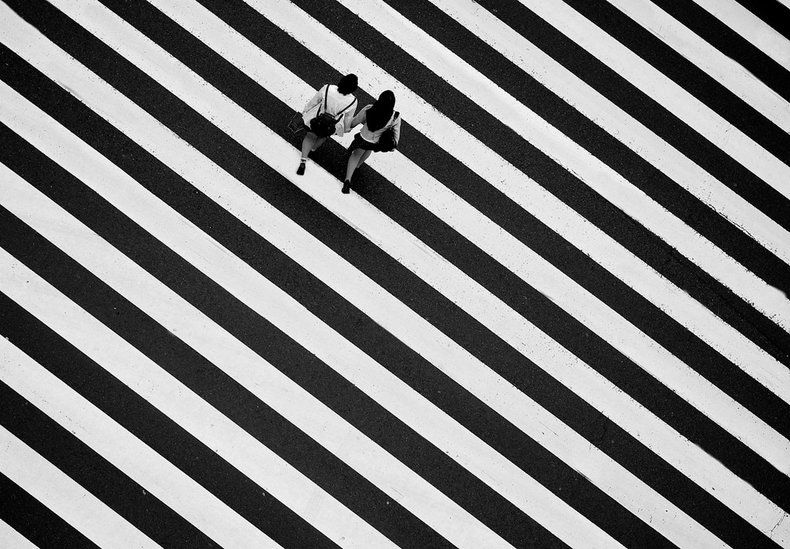
Scalability
The principle that things be designed to be copied millions or billions of times. Modernism supported the role out of industrialization whereby production achieved great scale based on standard products with little variation.
Separation of Concerns
A design principle that involves neatly dividing things into sections based on their functionality. For example, urban planners that designate one large district as residential and another area as commercial such that mixed-use structures or community-like neighborhoods are impossible. This was another design principle that supported the great scale of industrialization whereby hundreds of houses might be built at a time by the same developer. This can be contrasted with the historical tendency for cities to emerge in chaotic ways that were charming but inefficient.
Materialism
Modernism embraced the view that everything is material and concrete. This is justification for the industrial system such as consumerism and the idea that the goal of life is to accumulate and experience physical things. This can be contrasted with the postmodern embrace of idealism with the notion that reality is defined by experience and the future shaped by fiction.
Decoration & Ornamentation
Rejection of the idea that design and architecture serves a decorative purpose. Modernism was heavily influenced by a 1913 essay Ornament and Crime by modernist architect Adolf Loos that suggests that decorating a useful thing causes it to quickly go out of style and lose its value. The essay also compares decorative design to tattooing and implies that the urge to decorate is a criminal instinct. The rejection of decoration served the industrial age because it is dangerous to produce millions of items that have any character in their design. Under the industrial model, a white box was easier to market to the masses than a box decorated with pictures of ladybugs.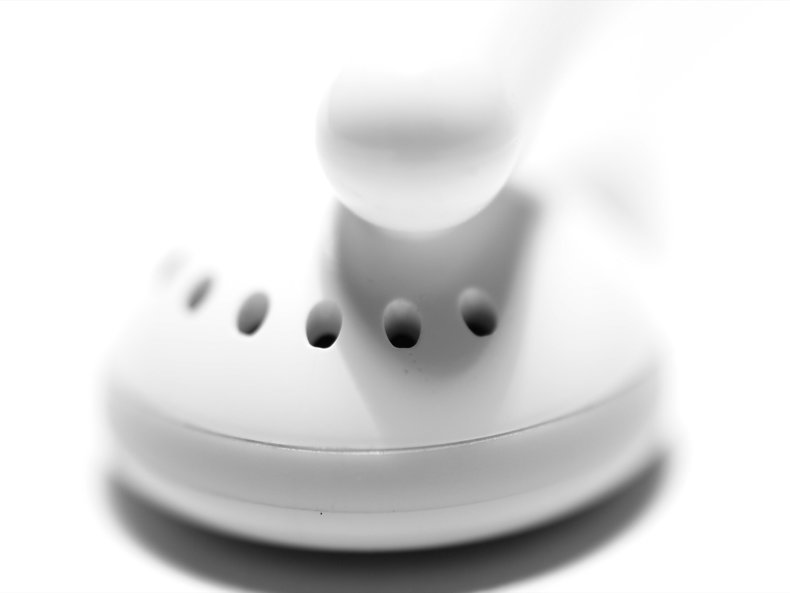
Minimalism
A strong embrace of minimalist ideology under the principle of less is more whereby reducing complexity is viewed as a virtue. In many areas of design this went well beyond the principle of essential complexity that calls for removing things only when it adds value. Modern art occasionally took on ridiculous levels of abstraction in the name of minimalism such as a simple box or splash of color to represent some complexity such as an emotion.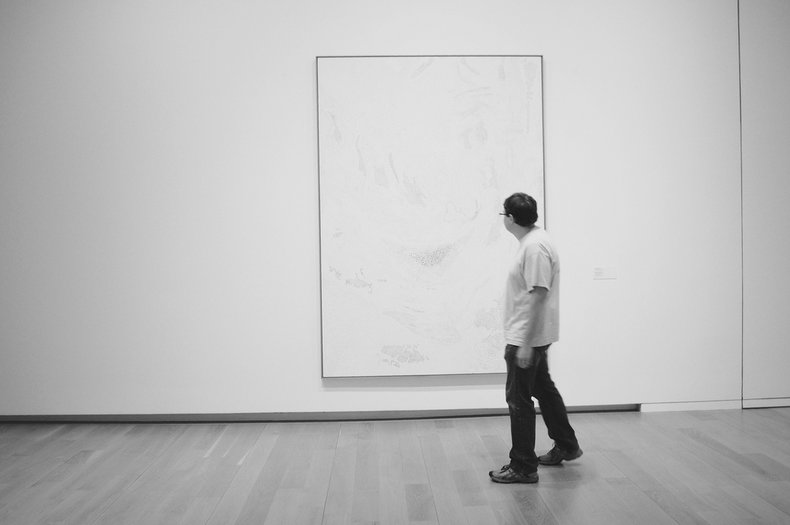
Industrial Materials
Modernism embraced the cheapest and most practical materials available to each design or project. This usually meant the selection of industrial materials such as concrete, glass and plastic. The use of strong materials such as steel and composites allowed for new possibilities such as structures that appear to be mostly glass.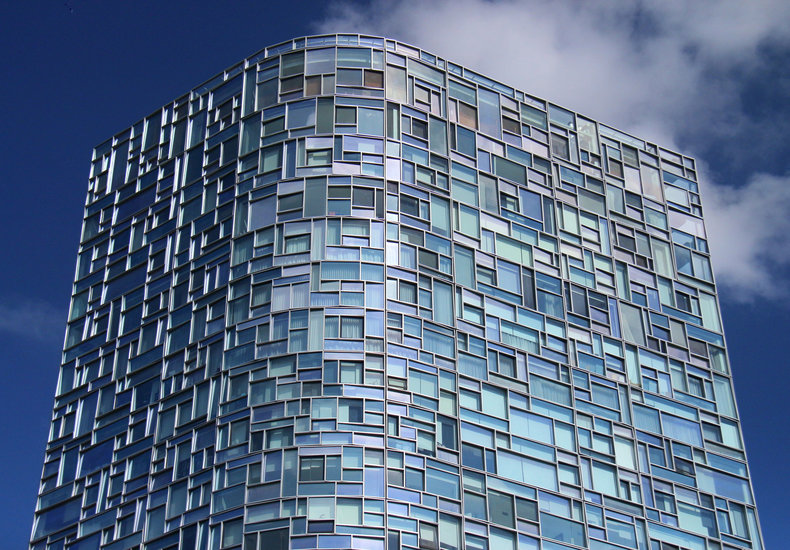
Reorder
Modernism embraced science and technology as a means of reordering the world with logical forms. This can be seen in extreme forms of modern architecture such as Brutalism that features bold geographic forms with no attempt to make anything fit with nature, culture or the human experience.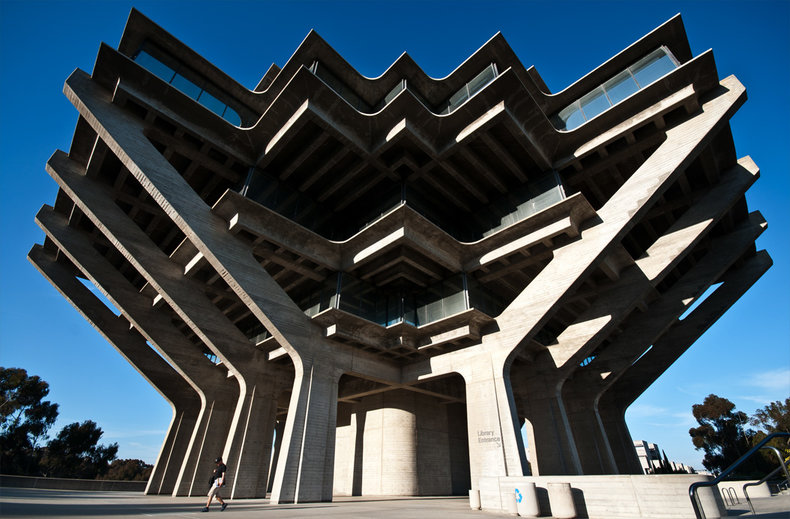
Repetition
Bravely repeating simple forms ad nauseam. This can be seen in High Modernism that produces extremely repetitive designs such as large buildings filled with thousands of white rooms with the same dimensions.
Standardization
Embrace of standardization and the idea that everything should be the same unless there is some unique functionality that is required of a design.
Dematerialization
Modernism calls for using the cheapest, most scalable and practical material available. This ethic is associated with a process known as dematerialization whereby things tend to use less materials and become lighter with time.
Truth to Materials
Truth to materials is the principle that there is no reason to hide the true nature of materials. This is an extension of form follows function and the rejection of decoration. Truth to materials tends to create harsh environments of exposed industrial materials such as concrete.
Universalism
The idea that universal truths can be discovered with rational thought and discovery. Historically, this was an extremely common view and is only notable now as a feature of modernism because this is largely rejected by postmodernism with the idea that reality is completely subjective.
Objectivity
The belief that there is a single correct view that can be discovered with logic, discovery of facts and balanced analysis. Notable only because this is mostly rejected by postmodernism.
Reductionism
The belief that complex things can be explained in terms of their parts. For example, the theory that the behavior of the human mind could ultimately be explained in terms of small particles such as atoms. This can be contrasted with holism that suggests that a complex system is different or more than the sum of its parts. The later view is supported by quantum mechanics whereby small particles are chaotic and paradoxical such that it is inaccurate to think of them as a deterministic machine.
Notes
Modernism has different timelines depending on the domain. For example, in art and literature it was arguably over in the 1930s. In the social sciences, it was displaced by postmodernism by 1970 or so. Modernism arguably continues in architecture, design, marketing and organizations to this day.| Overview: Modernism | ||
Type | ||
Definition (1) | A broad trend in thought that can be viewed as a rejection of nostalgia, culture and nature in favor of a brave and rational future in the context of rapid industrialization and growth driven by scientific and technological progress. | |
Definition (2) | An artistic, design or general philosophy based on rational thought, objectivity, universalism, internationalism, scalability, minimalism, repetition and the reordering of all things in a standardized and systematic way. | |
Related Concepts | ||



